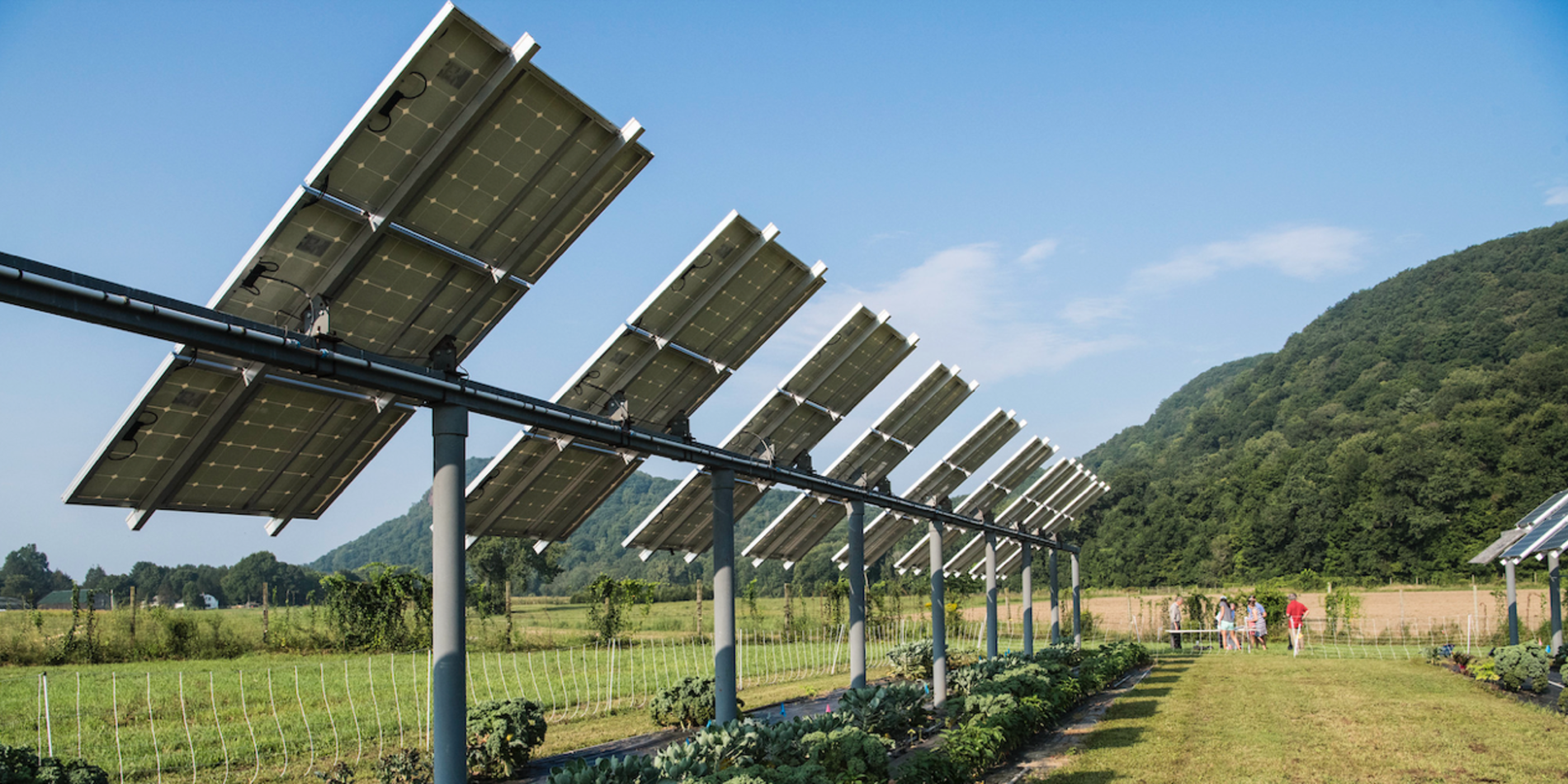Measuring the Wind
The U.S. wind industry is growing—up nearly 9 percent in 2017 as developers added enough capacity to power 27 million American homes, according to the American Wind Energy Association.
Yet wind energy has great unmet potential. The U.S. Department of Energy estimates that, on average, wind farms have produced only 30 percent of their capacity since 1999. As wind farm owners and engineers have tried to improve those odds, part of the problem is a lack of accurate and affordable modeling.
Modeling wind power is a complicated feat that involves predicting how air will flow over the individual turbine blades as they interact with wind near the earth’s surface, a region scientists call the atmospheric boundary layer. Precisely capturing such a span of variables—ranging in size from meters to kilometers—takes an extraordinary amount of computing power.

Or, as Professor John Dabiri puts it: “By the time you finish enough simulation to make a design choice, the opportunity has passed.”
When he moved to Stanford in 2015, Dabiri was keen to collaborate with Professor Sanjiva Lele, a colleague in the School of Engineering. Lele and his group have pioneered approaches to efficiently simulate the atmosphere. One method developed by his graduate assistant Aditya Ghate, MS ’14, PhD, ’18, uses physics-motivated approximations to reduce the cost of simulating wind farms in a dramatic way. How dramatic?
“I would say a thousand-fold decrease in cost,” says Lele.
As Ghate and Lele’s method gained traction in the field, including a prominent publication in the Journal of Fluid Mechanics, Dabiri saw synergy between their work and his background in biology-inspired wind energy. He has blazed a research career by increasing the power density of wind farms using designs inspired by schooling fish and seagrass beds, and by focusing on smaller turbines that turn vertically, rather than traditional propeller-style ones.
“Starting a project and securing funding sources can be challenging if you don’t already have a track record of having developed the ideas,” says Dabiri. “What we were beginning to work on was still in the nascent stages.”
So, to initiate their collaboration, they applied for a seed grant from the TomKat Center for Sustainable Energy in 2016, and with that support in place, they began to explore the complementary reach of their research. Stanford has its own wind farm test site in Northern Los Angeles County, and that seemed like a logical place to start.
“At our field site in Southern California, you can move around the physical turbines,” says Dabiri. “But you have to pick, OK, what’s the first experimental configuration? What’s the second? And how do you prioritize them?”

That’s where Lele’s theoretical framework comes in. Together, he and Dabiri can use physics to point the way to promising directions for the experimental design, and, in turn, the test site reports back wind power data that either confirms or redirects the scientific calculations.
“In the present age of machine learning, data has often been used to inform models—but what’s been missing is the physics,” says Lele. “Fluid mechanicians have a long tradition of trying to understand the physics and come up with simple models.”
Their combined expertise has opened up new prospects for optimizing the more than 200,000 wind turbines currently in operation the world over. Their science is already out of the lab and into actual wind farms, through alliances with a Canadian wind power company, as well as a wind energy complex planned in the southern United States. With 170,000 acres and up to 3,000 megawatts of wind power, this complex could become one of the largest wind farms ever built.
The professors hope that their analytical sweet spot will give wind farm developers the information they need to select turbine size and orientation, within a budget and timeline that makes the process actionable. If their models prove to be as high-quality as they hope, then wind farmers around the world could use the tool to generate more profits and more renewable energy.
“Two years ago, I could not have imagined what John and I are accomplishing now,” says Lele.




